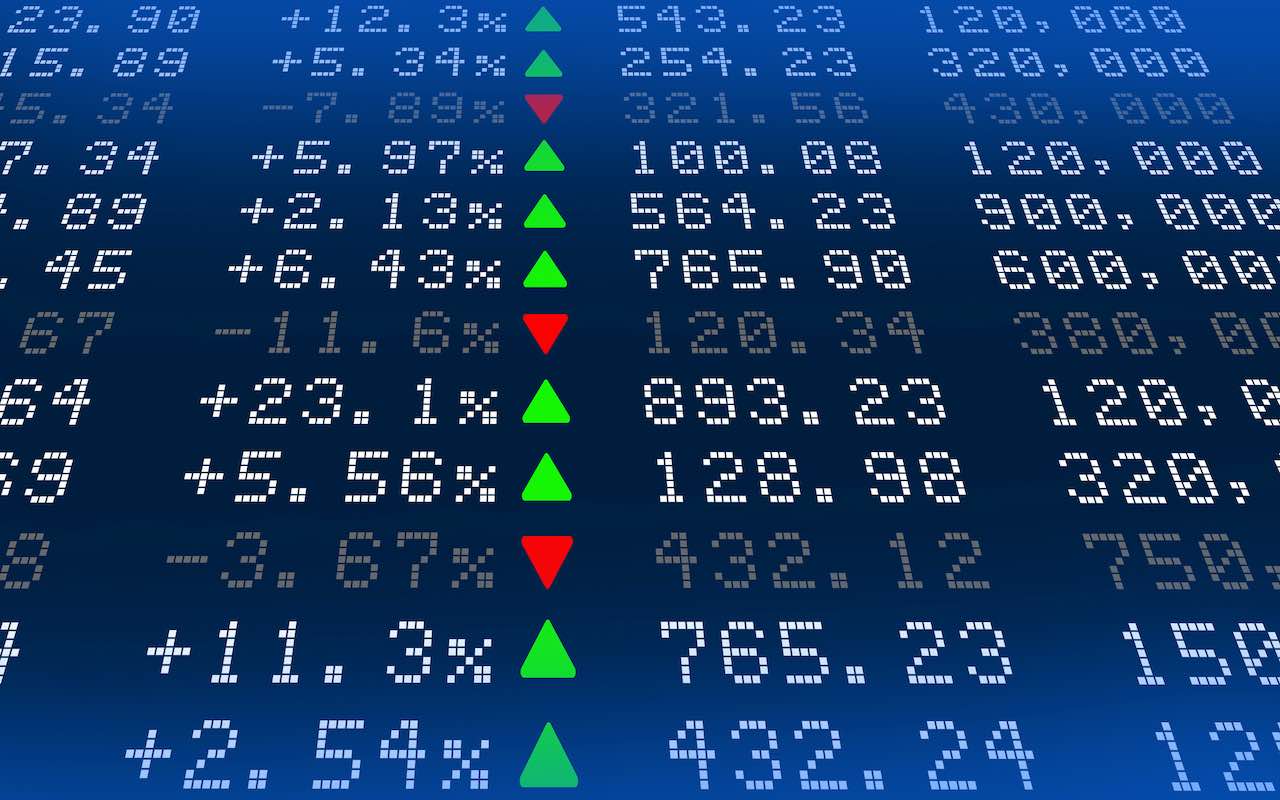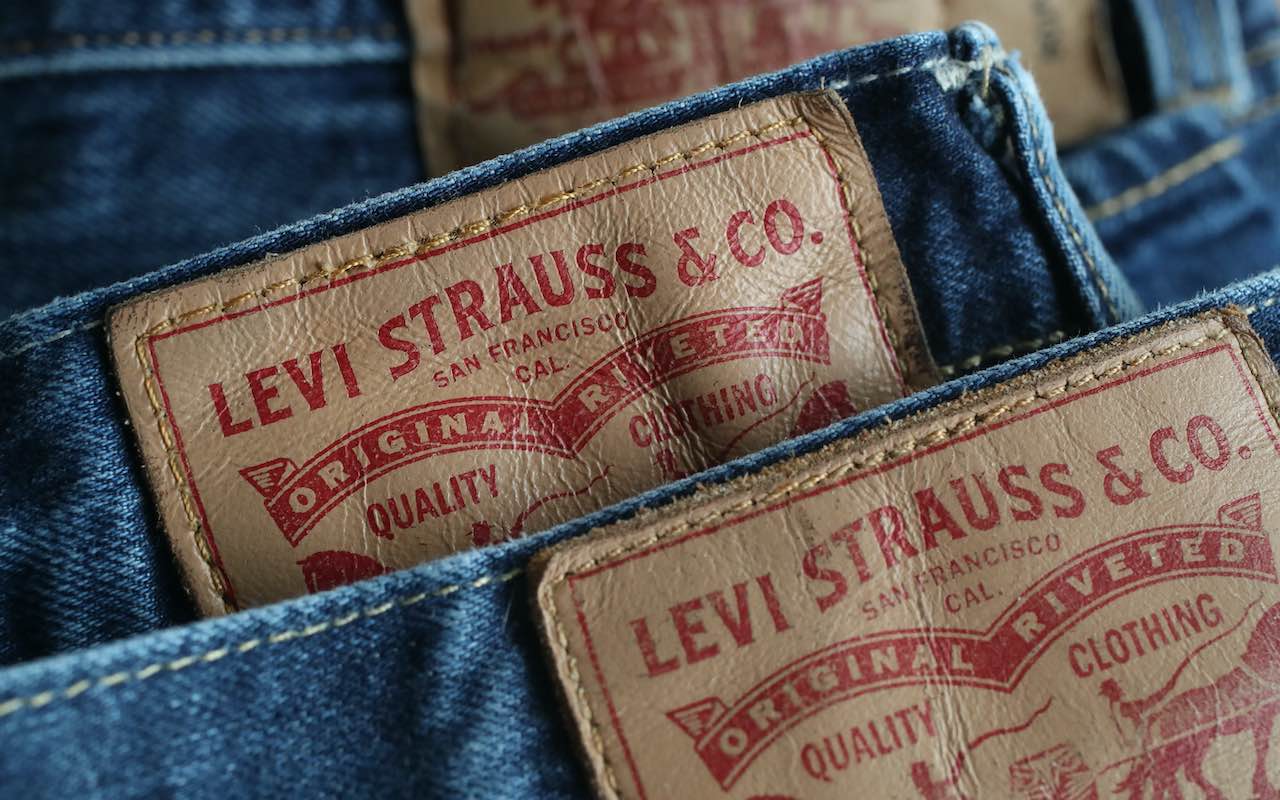The Best New Stocks to Buy in 2020 (And 2 to Avoid)


2019 was an explosive year for new stocks … for better, and for worse.
The year greeted a plentiful number of initial public offerings (IPOs) – 160, to be exact, that collectively raised more than $46 billion. That figure included numerous notable names, including Slack Technologies (WORK) and Pinterest (PINS). Saudi Arabia even got in on the action, listing the world's largest IPO as oil giant Saudi Aramco went public at a valuation of $1.7 trillion. For context, Apple (AAPL) – heretofore Earth's largest company – currently is worth $1.4 trillion by market value.
Should you buy new stocks? Well, for one, you might already own them, in one way or another. Pensions, mutual funds, even insurers invest in IPOs. But it's one thing to own a tiny percentage along with a giant basket of other stocks – it's another to buy a single IPO that could end up representing a few percent of your overall portfolio.
Still, these newly public stocks are often in their early growth stages, making them fraught with risk but also full of upside potential. It's often best to wait a few months after an offering to allow the initial hype to fade and allow Wall Street to focus more on the fundamentals, making now the best time to really start examining 2019's IPOs as prospective holdings.
Read on as we examine six new stocks: four that look like buys, and two that could have a bumpier road ahead.
Disclaimer
Data is as of Jan. 29.

Uber Technologies & Lyft Inc.
- Market value (Uber): $63.1 billion
- Went public: May 10, 2019
- IPO Price: $45.00
- Market value (Lyft): $13.9 billion
- Went public: March 29, 2019
- IPO Price: $72.00
- Uber Technologies (UBER, $36.99) and Lyft Inc. (LYFT, $46.84) represent a virtual duopoly in ride sharing and were two of the hottest new stocks to hit the markets in 2019. However, they also ended up being two of the biggest duds; Uber is off more than 21% from its IPO price, while Lyft has plunged by 35%.
As the gallows-humor Wall Street joke goes: If you liked them at their original prices, you'll love them now.
But seriously: If you want to speculate on ride sharing – and speculating is exactly what this still very new and evolving industry is – Lyft might be the better bet, for two reasons.
One is just a stronger financial situation. Lyft is sitting on about $3.1 billion in cash versus just $448 million in debt. Uber has roughly four times more cash, at $12.7 billion, but $7.5 billion debt – a far higher ratio. Uber's also absorbing higher net losses and burning through more cash than Lyft.
The other comes down to their exposure to ride sharing. Lyft is more of a pure play, while Uber is impacted by other initiatives such as Uber Eats, freight, bikes, even flying, not to mention trying to develop self-driving cars. Diversification can reduce risk, but for an as-yet unprofitable business model, diversification can compound losses, too.
"We see Lyft taking market share in the still nascent Mobility-as-a-Service space, with overseas expansion as a potential significant growth opportunity long term (currently operating in the U.S. and Canada only)," CFRA analyst Angelo Zino writes in a Dec. 14 report. "We like Lyft's initiatives and partnerships towards autonomous capabilities, which we forecast will be among the earliest adopters for this technology."
One small knock on Lyft: It sold Class A shares in its IPO that offer up one vote per share … but founders and other early investors' Class B shares are entitled to 20 votes per share. In short, you have less power to effect change than you do by owning Uber, which maintains a one-share, one-vote ownership structure. But that's not enough to make Uber worth a bite.

Avantor
- Market value: $10.7 billion
- Went public: Feb. 8, 2019
- IPO Price: $14.00
Compared to the ephemeral technology products and services produced by many of the new stocks in the Class of 2019, Avantor (AVTR, $18.78) is an old-line industrial company that has been recalibrated to better tackle the needs of the 21st century.
Founded in 1904 as the J.T.Baker Chemical Company, Avantor services health care, technology and applied material markets around the world. In November 2017, Avantor acquired similarly positioned VWR, which accounted for the lion's share of its surge in sales – from about $1.2 billion in 2017 to $5.9 billion in 2018.
Credit Suisse analysts are looking for sales of $6.1 billion and adjusted profits of 55 cents per share for full-year 2019, up 4% and 38%, respectively. They also see the company growing the top and bottom lines by 5% and 36%, respectively in 2020. Avantor will be helped out by the elimination of duplicative costs as it integrates with VWR.
Shares are actually up by 34% from their IPO price, though it's been a roller-coaster ride that saw the stock pop after its opening, sink along with other new stocks during autumn when WeWork's implosion scared the IPO market, then return to an uptrend starting in November.
Credit Suisse thinks AVTR should maintain that trajectory. The firm has an Outperform rating (equivalent of Buy) and $20-per-share price target, implying modest gains from here. However, its "blue sky scenario" carries a $24 target premised on "better-than-expected synergy capture as it relates to the VWR International acquisition, continuing improvement efforts driven by its Avantor Business System, accelerated penetration and growth in emerging markets, as well as sustained strength in the Biopharma end-market."

CrowdStrike
- Market value: $12.4 billion
- Went public: June 12, 2019
- IPO Price: $34.00
You'd think investors would be pleased with CrowdStrike (CRWD, $60.26), whose current price is 77% higher than its IPO price. But remember: Retail investors typically don't get to buy in at the offer price – the large institutions that buy into the IPO do.
CrowdStrike finished up by more than 70% on its first day of trading, and that's much closer to the price many retail investors got. CRWD shares did blimp up to roughly $100 per share by August, but then plunged into the mid-$40s between then and November. The stock has been in recovery mode ever since.
CrowdStrike is not just a newly public company, but a young company in general. It was founded in 2011 to provide what is known as endpoint security, which focuses on shoring up a notable vulnerability by protecting all of the devices that connect to a network. It's a hot market.
Revenues have grown from $53 million in the fiscal year ended Jan. 31, 2017, to $250 million in fiscal 2019. CrowdStrike generated $329 million in the first nine months of fiscal 2020, which ends at the end of this January. But while the top line has been moving in the right direction, the bottom line hasn't. Net losses have widened from $91 million to $140 million between FY2017 and FY2019.
The analyst community expects continued losses over the next two years, albeit thinner ones. But remember: some money-losing companies can still act well as stocks.
Those same analysts are mixed on their opinions of where CRWD will go from here, split between seven Buys and six Holds over the past few months, according to TipRanks. However, Needham's Alex Henderson recently added the stock to the firm's Conviction List, writing that its growth is "delivering significant leverage to the business model." His $92 price target is one of the highest out there, and implies 53% upside ahead.
Just note that CrowdStrike, like Lyft, has a dual-class structure that puts most of the control in the founders' and early investors' hands.

Chewy
- Market value: $11.3 billion
- Went public: June 14, 2019
- IPO Price: $22.00
Online pet food-and-products retailer Chewy (CHWY, $28.25), like Crowdstrike, was warmly received by Wall Street went it went public, jumping above $37 per share in its first few days of trading. But CHWY cooled significantly along with 2019's other new stocks, and has similarly rebounded since November.
The bigger-picture outlook is favorable. U.S. pet spending alone came to an estimated $75 billion in 2019, and is expected to keep growing by mid-single digits for the next couple of years. Moreover, about two-thirds of Chewy's sales come from repeat customers, which is easier on margins and says something about the company's ability to engender loyalty.
The question that Chewy, and every other retailer, faces is whether Amazon.com (AMZN) will steamroll it like it has so many others. True, Chewy sells 45,000 pet products, but a search on Amazon for pet supplies yields 90,000 results. Chewy CEO Sumit Singh countered the Amazon threat in a December interview with CNBC, saying, "We get numerous calls every day for customers asking us, 'I just brought home a puppy. What should I feed it?'" And Chewy uses those experiences to grow its customer relationships in a way that Amazon can't or won't.
True, if you call Amazon to ask what you should feed your puppy, you might not get an answer. But Singh's defense might be a trifle thin against a retail-killer like Amazon.
Chewy has reported torrid sales growth, though, from about $1.4 billion in the 12 months ended February 2017 to the 12 months ended February 2019. For the first nine months of its current fiscal year, sales were $3.5 billion, meaning the final quarter is all gravy in terms of sales growth. Its net losses haven't moved nearly in lockstep, more than doubling between 2017 and 2018, to $338.1 million, before shrinking to $267.9 million in the 12 months ended February 2019.
Profitability appears to rest on acquiring more customers and relying on the strong relationships that Chewy forms to get them to spend more, more often. That's a long, difficult road; even if Chewy eventually is successful, investors could be in for a rough ride for some time.

Levi Strauss
- Market value: $7.8 billion
- Went public: March 21, 2019
- IPO Price: $17.00
- Levi Strauss (LEVI, $19.80), which makes a relatively boring product (casual wear), is nonetheless a refreshing drink of water compared to some of 2019's new stocks. Namely, it's soundly profitable, and it even pays a 3% dividend.
It's not a rapid grower. Revenues climbed just 7% annually between the 12 months ended November 2015 and the 12 months ended November 2018. But profits improved by more than 10% on average over the same time period. For the year ended November 2019, to be reported after the Jan. 30 bell, Value Line is forecasting sales of about $5.9 billion, or 6% year-over-year growth.
In October, Macquarie analyst Werlson Hwang initiated coverage of Levi Strauss with a Buy rating and a $23 price target. Hwang cited several bullish drivers, including a clean balance sheet, commitment to innovation and a track record of staying relevant with consumers – a particularly valuable trait for an apparel company.
And in December, JPMorgan analyst Matthew Boss maintained an Overweight rating (equivalent to Buy), saying "We view the combination of a strong tenured management team and brand heritage as a competitive advantage in transitioning Levi's from a Jeanswear brand to a leading global lifestyle brand."
A $22 price target implies 11% upside from current prices. Hwang's PT leaves room for 16% growth. The consensus price target of $23.67 is more optimistic, at almost 20%, but clearly, the analyst community has more modest expectations of LEVI than other new stocks from the Class of 2019. If your goal is a mix of income and growth, however, LEVI should do the trick.
Levi does share one thing in common with some of its more modern IPO peers: a dual-class structure that gives voters no say in corporate governance. The Haas family, which descended from Levi Strauss, maintains complete control over the company.
Get Kiplinger Today newsletter — free
Profit and prosper with the best of Kiplinger's advice on investing, taxes, retirement, personal finance and much more. Delivered daily. Enter your email in the box and click Sign Me Up.

-
 Stock Market Today: Stocks Struggle Amid Tariff Uncertainty
Stock Market Today: Stocks Struggle Amid Tariff UncertaintyBoeing dropped after China suspended new aircraft orders, while Bank of America and Citi climbed on earnings beats.
By Karee Venema
-
 Starbucks 2025 Dress Code Changes: See the New Look
Starbucks 2025 Dress Code Changes: See the New LookThe 2025 Starbucks dress code change features a uniformed look as part of creating a more familiar and friendly cafe experience.
By Sean Jackson
-
 The Cheapest Places To Retire in the US
The Cheapest Places To Retire in the USWhen you're trying to balance a fixed income with an enjoyable retirement, cost of living is a crucial factor to consider.
By Stacy Rapacon
-
 How Inflation, Deflation and Other 'Flations' Impact Your Stock Portfolio
How Inflation, Deflation and Other 'Flations' Impact Your Stock PortfolioThere are five different types of "flations" that not only impact the economy, but also your investment returns. Here's how to adjust your portfolio for each one.
By Kim Clark
-
 Kiplinger's Economic Calendar for This Week (April 14-April 18)
Kiplinger's Economic Calendar for This Week (April 14-April 18)This week's economic calendar features Fed Chair Jerome Powell as well as retail sales data and an unusually interesting weekly jobless claims update.
By Karee Venema
-
 Why I Still Won't Buy Gold: Glassman
Why I Still Won't Buy Gold: GlassmanOne reason I won't buy gold is because while stocks rise briskly over time – not every month or year, but certainly every decade – gold does not.
By James K. Glassman
-
 Should You Use a 25x4 Portfolio Allocation?
Should You Use a 25x4 Portfolio Allocation?The 25x4 portfolio is supposed to be the new 60/40. Should you bite?
By Nellie S. Huang
-
 Retirement Income Funds to Keep Cash Flowing In Your Golden Years
Retirement Income Funds to Keep Cash Flowing In Your Golden YearsRetirement income funds are aimed to engineer a steady payout of cash for retirees. Here are a few we like.
By Nellie S. Huang
-
 10 2024 Stock Picks From An Investing Expert
10 2024 Stock Picks From An Investing ExpertThese 2024 stock picks have the potential to beat the market over the next 12 months.
By James K. Glassman
-
 Special Dividends Are On The Rise — Here's What to Know About Them
Special Dividends Are On The Rise — Here's What to Know About ThemMore companies are paying out special dividends this year. Here's what that means.
By Kim Clark
